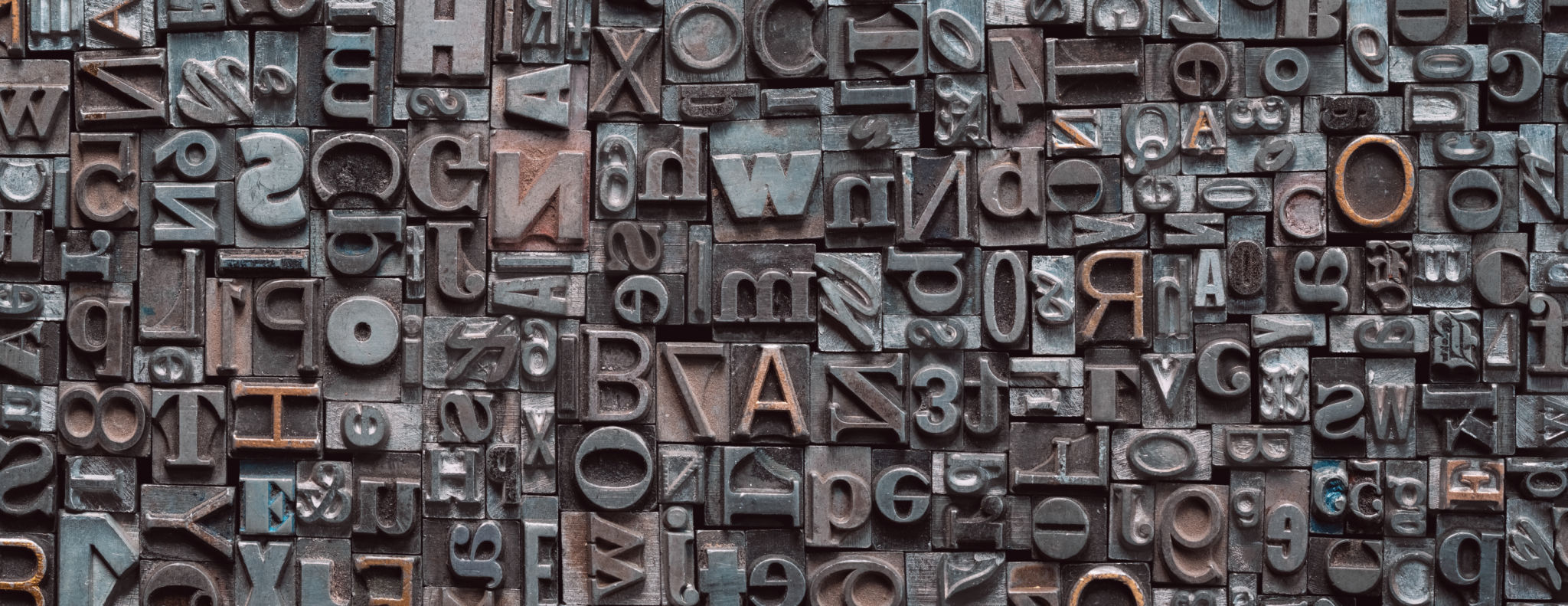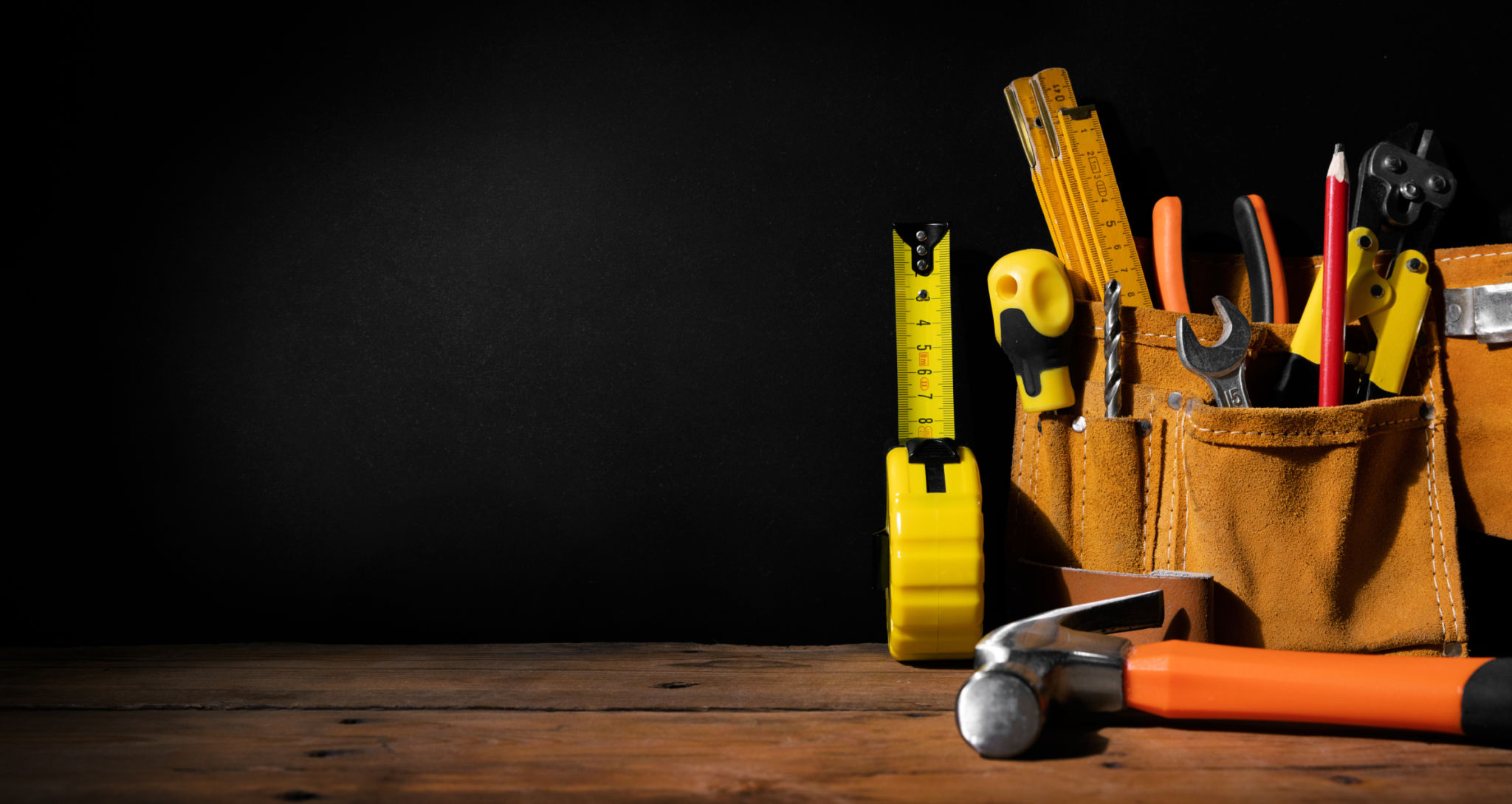The Ultimate Guide to Wallpaper Maintenance and Care
Understanding Your Wallpaper Material
Wallpaper comes in a variety of materials, each with its own specific care needs. As a starting point, it's crucial to know what type of wallpaper you have. Common types include vinyl, non-woven, fabric, and paper-based wallpapers. Vinyl wallpaper is the most durable and can often be cleaned with a simple wipe-down, while non-woven and fabric wallpapers require more delicate treatment.

Dusting and Regular Cleaning
Regular dusting is essential to maintain the appearance of your wallpaper. Use a soft, dry cloth or a vacuum cleaner with a brush attachment to gently remove dust particles. For vinyl wallpapers, you can use a damp sponge for a more thorough clean. Be cautious with moisture on non-vinyl wallpapers as it can cause damage.
For more stubborn spots, consider using a mild soap solution. Always test the solution on a small, inconspicuous area of the wallpaper first to ensure that it does not cause any discoloration or damage.
Handling Stains and Spills
Accidents happen, and when they do, quick action is key. Blot any spills immediately with a dry cloth to prevent them from soaking in. Avoid rubbing as this can spread the stain. For non-vinyl wallpapers, use a dry cleaning sponge or special eraser designed for wallpaper stains.

Addressing Mold and Mildew
Mold and mildew are common issues in humid environments. To tackle these, start by ensuring proper ventilation in rooms prone to moisture buildup. For small mold spots on vinyl wallpaper, a mixture of water and vinegar can be effective. Apply gently and allow it to sit before wiping clean.
If mold persists, consider professional cleaning services to avoid damaging the wallpaper further. Persistent mold issues might also indicate a need to address underlying moisture problems in your home.
Repairing Damaged Wallpaper
Over time, peeling or torn wallpaper can occur. To fix peeling edges, apply a small amount of wallpaper adhesive under the loose section and press it back into place. Smooth out any bubbles with a clean cloth by working from the inside out.

Preventing Future Damage
Prevention is better than cure when it comes to wallpaper maintenance. Use blinds or curtains to protect walls from direct sunlight, which can cause fading over time. In high-traffic areas, consider installing chair rails to prevent physical damage.
Additionally, keep an eye on your home’s humidity levels. Use dehumidifiers if necessary to maintain an optimal environment that prevents moisture-related problems.
When to Consider Replacement
No matter how well you care for your wallpaper, there will come a time when replacement is the best option. Signs that it's time for new wallpaper include persistent discoloration, widespread peeling, or irreparable damage.
Replacing wallpaper gives you the opportunity to refresh your space and explore new styles and textures that match your evolving tastes. Remember that professional installation can ensure the best results and longevity for your new wallpaper.
